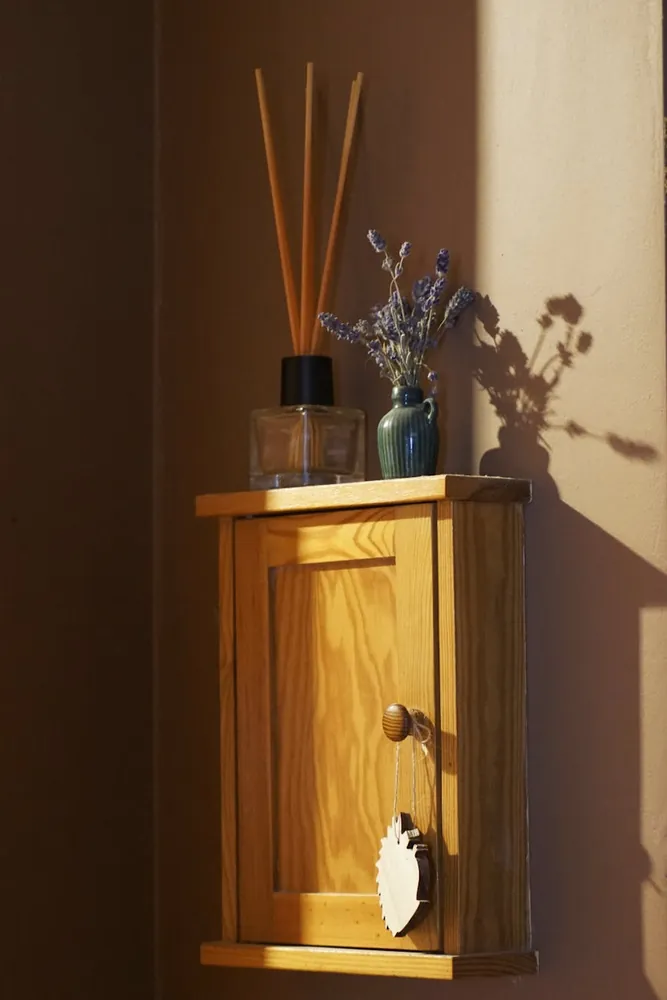Designing a Stunning Vertical Plant Wall for Limited Spaces

Why Choose a Vertical Plant Wall?
Creating a vertical plant wall in your home is not just an aesthetic choice but a functional one too. It enhances the beauty of a space while significantly improving air quality. As urban living spaces become smaller, making use of vertical surfaces for greenery is both a practical and visually appealing solution.
Vertical plant walls can transform any mundane wall into a lively, vibrant canvas. Whether you're dealing with a tiny apartment balcony or a bare indoor wall, adding lush greenery can make your space feel larger and more inviting.
Benefits of Vertical Gardens
- Space Efficiency: Utilizes vertical space, leaving more room for furniture and movement.
- Improved Air Quality: Plants naturally filter toxins and pollutants from the air.
- Aesthetic Appeal: Adds a touch of nature to your home, creating a soothing environment.
- No Noise Pollution: Plants can act as natural sound barriers, reducing ambient noise.
Planning Your Vertical Plant Wall
Before embarking on this green journey, consider these planning steps to ensure success:
1. Select the Location
Choose a wall that receives adequate light based on the type of plants you wish to use. If natural light is limited, you may need to install grow lights. Ensure the wall is strong enough to support the weight of the plants, especially if using soil-filled containers.
2. Determine Your Style
Your vertical plant wall can be a bold statement or a subtle addition. Decide on the look you want—do you prefer a structured design with geometric patterns, or a more organic feel with cascading vines?
3. Choose Appropriate Plants
The plant selection depends largely on the available light and climate of the room. For low-light areas, consider shade-tolerant species such as Spathiphyllum (Peace Lily) or Chlorophytum comosum (Spider Plant). For sunnier spots, succulents or herbs like basil and thyme work well.
Building Your Vertical Plant Wall
1. Materials Needed
To construct your vertical garden, you'll need a few key materials:
- A framework or structure (such as wooden pallets, grid panels, or specialized vertical garden kits)
- Planters or pockets suitable for mounting
- A watering system—this could be manual or automatic depending on your preference and budget
- Appropriate potting mix and fertilizers
2. Assembling the Structure
If you're building from scratch, wooden pallets are an affordable and accessible option. Ensure they are sanded down to prevent splinters and treated to resist moisture.
Secure your structure to the wall using brackets and anchors that can bear the total weight when fully loaded with plants and water.
3. Installing Irrigation
An efficient irrigation system is crucial for maintaining healthy plants. Drip irrigation systems are ideal because they deliver water directly to the roots, minimizing waste. Alternatively, hand-watering with a long spout watering can allow for more control over moisture levels.
Caring for Your Vertical Garden
Maintenance is key to keeping your plant wall thriving:
- Regular Watering: Adapt your watering schedule based on the season; more frequent in summer and less during winter.
- Fertilization: Use liquid fertilizer monthly during the growing season to replenish nutrients.
- Pest Management: Monitor for common pests like aphids or spider mites, treating them promptly with appropriate insecticides or natural remedies.
- Pruning: Trim plants regularly to encourage growth and prevent them from becoming too leggy or sparse.
A Real-Life Scenario: Emily's Balcony Transformation
Emily, living in a small city apartment with limited outdoor space, transformed her drab balcony into a vibrant oasis by installing a vertical plant wall. Initially daunted by the prospect, she chose a modular vertical garden system from a local garden center. By following these steps, she successfully created her own green retreat:
- Selecting Space: The sunlit eastern-facing balcony wall was perfect for herbs and flowering plants.
- Choosing Plants: Emily opted for a mix of herbs like mint, oregano, and colorful flowers like petunias for visual appeal.
- System Installation: She installed a pre-assembled system that required minimal assembly—perfect for her busy schedule.
- Ongoing Care: With an installed drip irrigation kit, Emily managed her watering schedule efficiently while enjoying fresh herbs and blooming flowers throughout the seasons.
This project not only boosted Emily's spirits but also her culinary skills as she now enjoys fresh herbs right from her garden!
Conclusion: Embrace Green Living
A vertical plant wall offers an opportunity to embrace green living even in small spaces. It allows you to make creative use of your home environment by combining aesthetics with functionality. Whether you're looking to breathe life into an uninspired corner or create a stunning focal point in your living room, following these steps can help you build your personalized slice of nature at home.